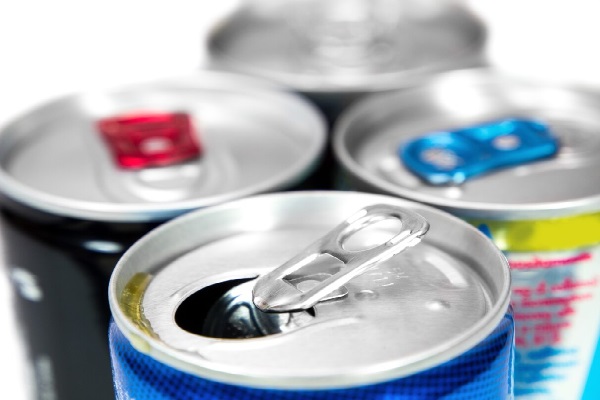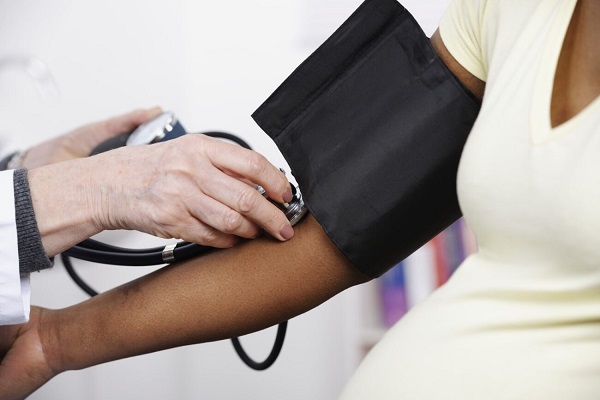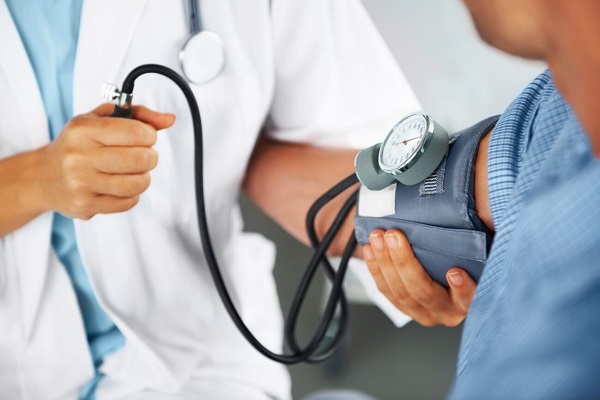Salt, Sodium, and Your Blood Pressure: Expert Insights
July 02, 2025
This article was reviewed by our Baystate Health team to ensure medical accuracy.
 Quinn R. Pack, MD
Quinn R. Pack, MD

Health & Wellness Tips
Related Articles
Back to Top











